Nostalgia isn’t just a feeling — it’s a flavor. And across the country, some of America’s most beloved restaurant chains from decades past are dusting off the old menus, flipping on the neon signs, and staging some seriously impressive comebacks. These are the places that defined road trips, family dinners, and Friday night outings — from buttery grilled cheese at Howard Johnson’s to chimichangas and margaritas at Chi-Chi’s.
Once written off as relics of a bygone era, many of these chains were victims of changing tastes, fierce competition, or financial missteps. Some vanished completely, leaving only memories of unlimited salad bars, retro booths, and catchy jingles echoing in our heads. But now, in a world craving comfort and familiarity, these brands are being resurrected — and reinvented — for a new generation.
What’s fueling this retro revival? A blend of strategic rebranding, modernized menus, and smart nostalgia. New investors are banking on the emotional connection these names still hold, while updating the experience with healthier ingredients, online ordering, and Instagram-worthy interiors. Whether it’s Bennigan’s signature Monte Cristo, Roy Rogers’ iconic Fixins Bar, or the quirky charm of Doggie Diner, these chains are proving that vintage vibes never go out of style.
And it’s not just Boomers lining up — Gen Z and Millennials are flocking to these reopened spots, curious to taste the past and connect with something timeless. From pizza parlors with live music to steakhouses with Tudor charm, these restaurants are blending old-school heart with new-school hustle.
Hungry for a trip down memory lane? Here are 15 classic restaurant chains that are quietly — and deliciously — making a major comeback across America.
1. Howard Johnson’s
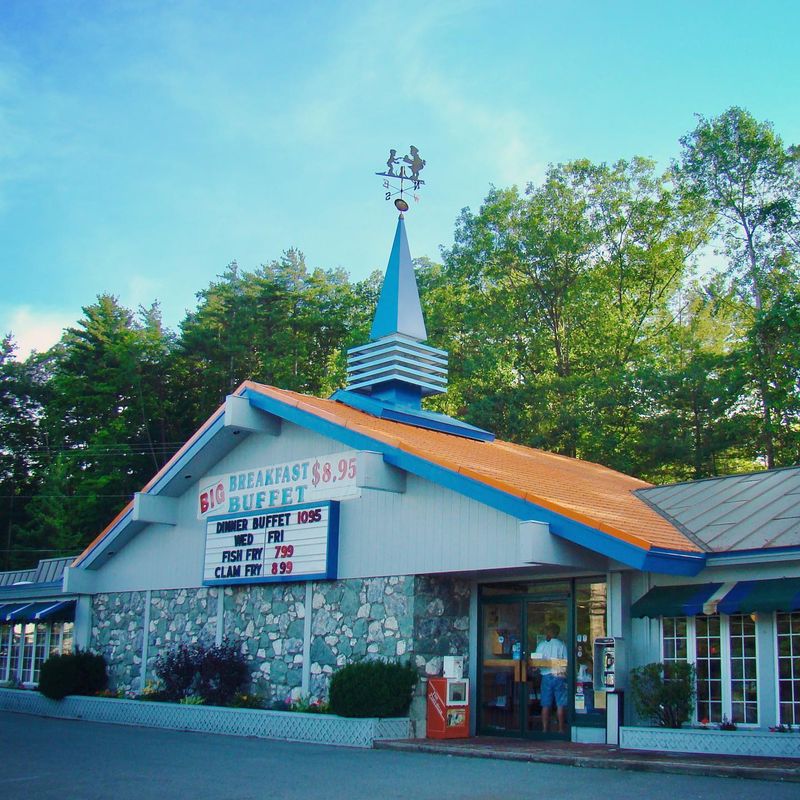
The iconic orange roofs of Howard Johnson’s restaurants were once as common as McDonald’s golden arches. Founded in 1925, HoJo’s became America’s largest restaurant chain by the 1970s, famous for their 28 ice cream flavors and fried clam strips.
After nearly vanishing completely, a small group of investors has begun reopening locations with modernized menus while keeping nostalgic favorites. The revival started in New England with plans for 25 new locations by 2025.
The comeback includes smaller footprint restaurants and partnerships with ghost kitchens, allowing loyal fans to once again enjoy those signature orange sherbet cones and buttery grilled cheese sandwiches that defined American road trips for generations.
2. Bennigan’s
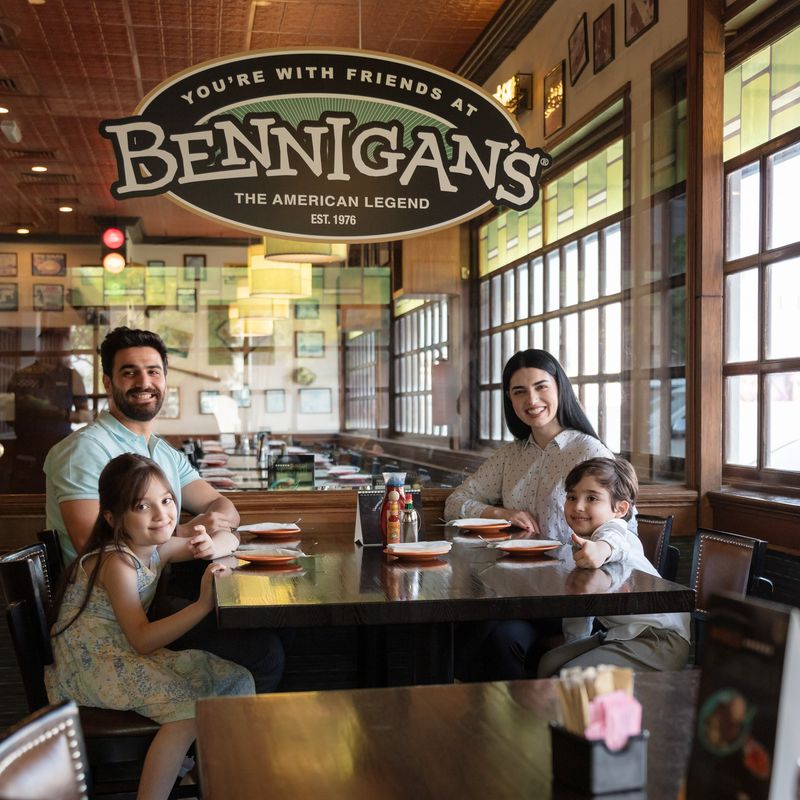
Once the king of casual dining with over 300 locations, Bennigan’s filed for bankruptcy in 2008, shocking loyal patrons who loved their Irish hospitality and Monte Cristo sandwiches. The sudden closure left empty buildings and fond memories across America.
Today, Bennigan’s is staging an impressive resurrection under new ownership. The revitalized brand maintains its Irish pub atmosphere while updating its menu and restaurant design for modern diners.
Currently operating in 15 states with ambitious expansion plans, Bennigan’s comeback story proves that genuine hospitality never goes out of style. Their legendary potato soup and Death by Chocolate dessert are once again tempting customers who thought they’d never taste these favorites again.
3. Ponderosa and Bonanza Steakhouses

Remember those family-friendly steakhouses with the all-you-can-eat buffets? Ponderosa and Bonanza Steakhouses were weekend dinner destinations throughout the 1970s and 80s, where kids could load up on mac and cheese while parents enjoyed affordable steaks.
After struggling against newer competitors and closing hundreds of locations, these sister brands are staging a calculated comeback. New ownership has revamped the buffet concept with fresher ingredients and healthier options while maintaining the value proposition that made them famous.
The nostalgic appeal of the Ponderosa name (inspired by the TV show “Bonanza”) is proving powerful among both Baby Boomers who remember the original restaurants and younger families discovering affordable steakhouse dining for the first time.
4. Chi-Chi’s
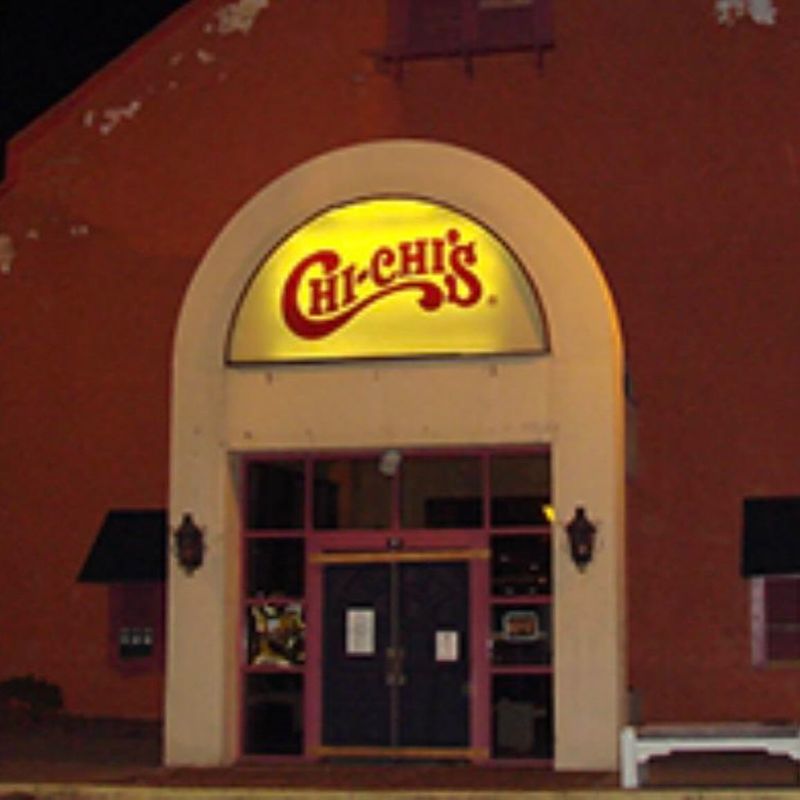
“¡Más Margaritas!” was the battle cry at Chi-Chi’s Mexican restaurants during their 1980s heyday. The chain introduced many Americans to Tex-Mex cuisine and became known for festive celebrations and signature chimichangas before disappearing from the U.S. restaurant scene after a devastating hepatitis outbreak.
Though the restaurants vanished, the Chi-Chi’s brand survived through grocery store products. Now, after a 15-year absence, Chi-Chi’s restaurants are making a careful comeback with updated food safety protocols and a menu that balances nostalgia with contemporary Mexican food trends.
The first new locations have opened in the Midwest, where Chi-Chi’s was once most popular, with colorful decor that captures the fiesta spirit while giving a nod to more authentic Mexican cuisine than their previous incarnation.
5. Steak and Ale

Steak and Ale created the casual steakhouse category when it launched in 1966, becoming famous for its Tudor-style buildings, unlimited salad bar, and prime rib. When the chain disappeared in 2008 during the Bennigan’s bankruptcy, fans were heartbroken.
After 15 years of absence, Steak and Ale is coming back to life. The new owners are keeping beloved traditions like the honey-glazed mushrooms and Kensington Club steak while updating the medieval English decor for modern sensibilities.
The first new location opened in September 2023 to lines around the block, filled with diners eager to relive memories of special occasion dinners. Plans call for 15 new restaurants within three years, focusing on mid-sized cities where the brand’s nostalgia remains strong.
6. Shakey’s Pizza Parlor
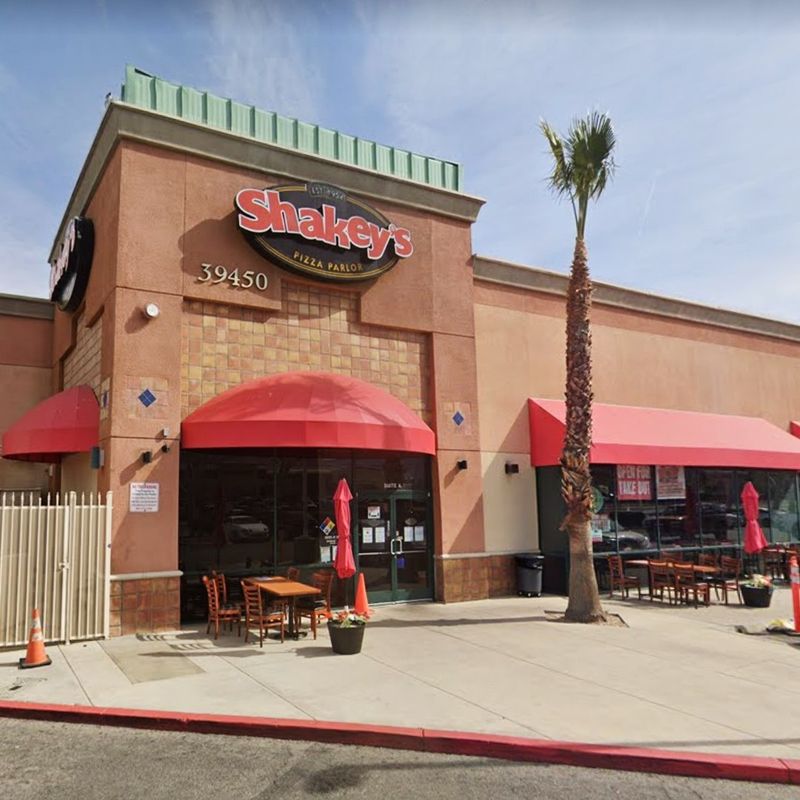
Founded in 1954, Shakey’s was America’s first franchise pizza chain, known for its ragtime piano, family-friendly atmosphere, and thin-crust pizzas. The restaurants featured live entertainment and became gathering spots for entire communities before declining in the 1980s.
While maintaining a strong presence in Asia, Shakey’s nearly disappeared from its home country. Now the chain is rolling out new U.S. locations with a nostalgic yet updated approach – keeping the famous Mojo Potatoes and adding craft beers for adults who grew up visiting the original restaurants.
The revival honors Shakey’s history with vintage photos and memorabilia while adding modern touches like online ordering. Each new location still features live music, creating a multi-generational experience that appeals to grandparents, parents, and kids alike.
7. Roy Rogers
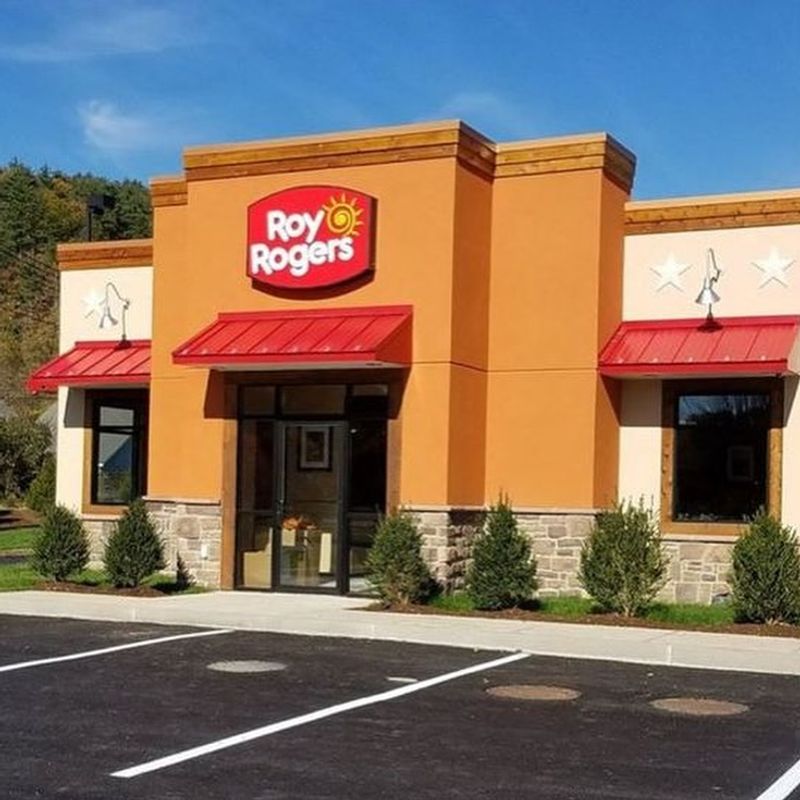
“Howdy, pardner!” Once boasting over 600 locations, Roy Rogers Restaurants were beloved for their Fixins Bar, where customers could customize their roast beef sandwiches with fresh toppings. Named after the famous cowboy actor, the chain nearly disappeared in the 1990s after Hardee’s purchased and converted most locations.
A small group of passionate franchisees kept the brand alive in the Mid-Atlantic states. Now under new ownership, Roy Rogers is expanding again with a modernized look while maintaining its signature items like fried chicken, roast beef, and the Gold Rush chicken sandwich.
The chain’s comeback focuses on quality ingredients and made-to-order preparation that distinguishes it from typical fast food. Each new location still features the Western theme and the three-choice combo of “beef, chicken, and burgers” that made Roy’s unique.
8. Wimpy’s
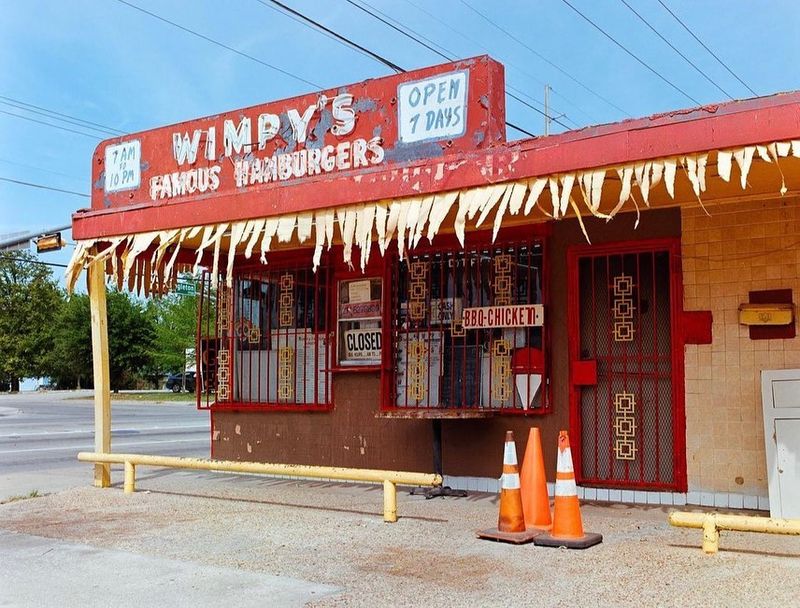
“I’ll gladly pay you Tuesday for a hamburger today” was the famous line from Popeye’s friend Wimpy, who inspired this burger chain that once rivaled McDonald’s. Founded in 1934, Wimpy’s spread globally before largely disappearing from American shores in the 1970s.
Though it remained popular in the UK and South Africa, Wimpy’s American presence faded to almost nothing. Now, a calculated revival is bringing the nostalgic burger brand back to select U.S. markets with a focus on quality ingredients and made-to-order cooking.
The new Wimpy’s combines retro aesthetics with modern sensibilities – keeping the signature Wimpy Burger while adding fresh options like avocado toppings and plant-based alternatives. The first new locations have opened in Chicago and New Jersey, with plans for careful expansion in areas where brand recognition remains.
9. Burger Chef
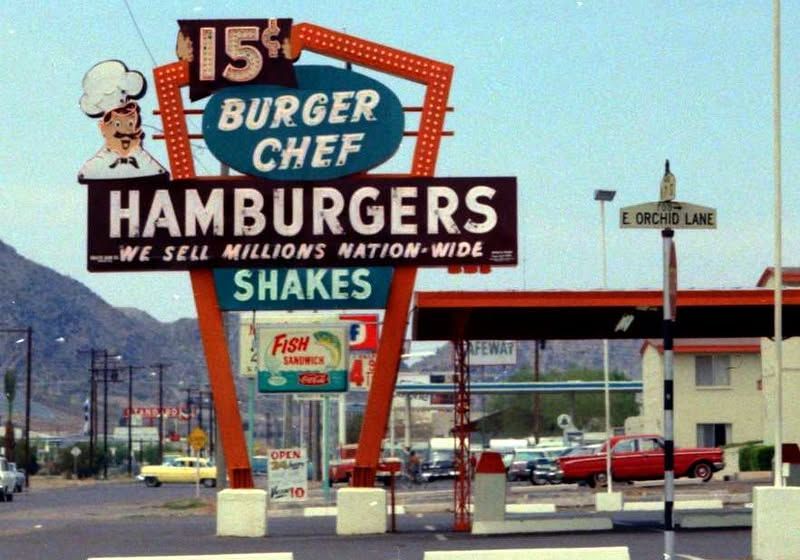
Before McDonald’s dominated the fast-food landscape, Burger Chef was a major competitor with over 1,200 locations and innovations like the Works Bar (a precursor to modern toppings bars). The chain introduced the first kids’ meal with a toy – the Fun Meal – before being acquired by Hardee’s in 1982.
For decades, Burger Chef existed only in the memories of Baby Boomers and Gen X customers. The trademark, however, was recently acquired by entrepreneurs who are bringing back the flame-broiled burgers and signature Big Chef sandwich to select markets.
The revived Burger Chef combines nostalgic elements like the original logo and restaurant design with modern conveniences such as mobile ordering. Early locations in Indiana (where the chain began) have seen customers driving from several states away to relive childhood memories.
10. Gino’s Hamburgers
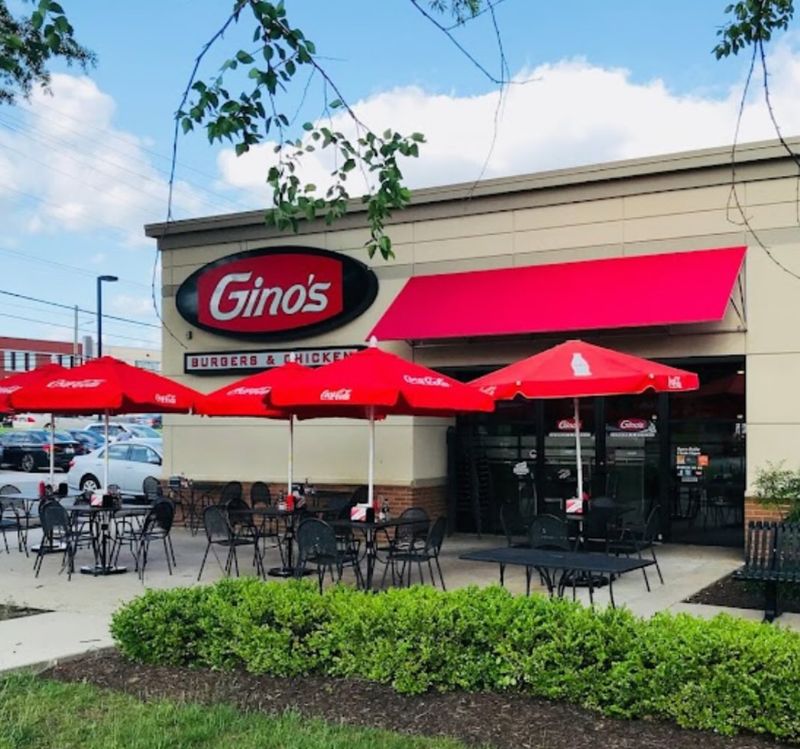
Co-founded by Baltimore Colts football star Gino Marchetti in 1957, Gino’s Hamburgers was a beloved East Coast chain known for its connection to sports and signature Gino Giant burger. The restaurants became cultural institutions in Maryland, Pennsylvania, and New Jersey before being sold to Marriott in 1982.
After nearly three decades of absence, Gino’s returned in 2010 when Marchetti and business partners launched Gino’s Burgers and Chicken. The revival started small but has steadily grown throughout the Mid-Atlantic region.
The new Gino’s maintains the sports connection with memorabilia-filled interiors while updating the menu with fresh-never-frozen beef and hand-breaded chicken. The chain’s comeback strategy focuses on communities where the Gino’s name still evokes powerful nostalgia, particularly among sports fans who remember the original restaurants’ connection to local teams.
11. Sambo’s
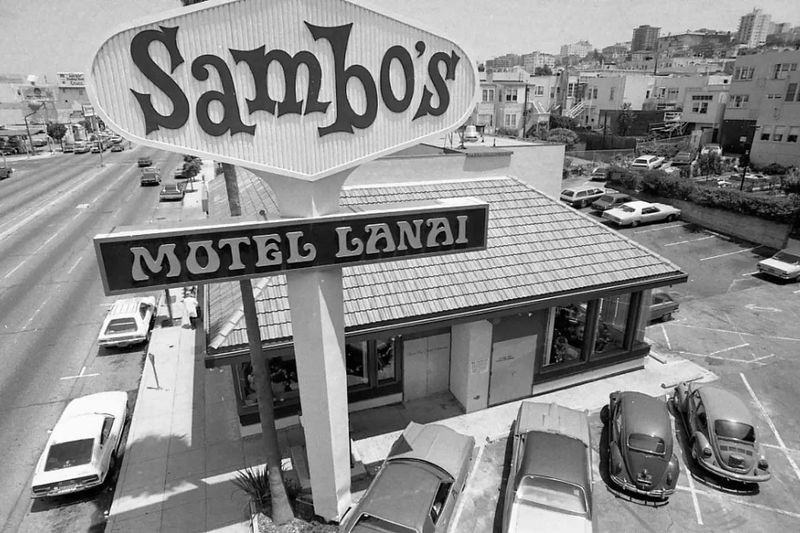
Once a powerhouse with over 1,100 locations, Sambo’s was famous for its pancakes and 24-hour service. The chain collapsed in the early 1980s amid financial troubles and growing criticism of its name and imagery, which many considered racially insensitive despite owners claiming it referenced the founders’ names (Sam and Bo).
The last remaining Sambo’s in Santa Barbara, California, operated for decades as a local landmark. In 2020, responding to renewed conversations about racial justice, the owners renamed it Chad’s, honoring a family member while distancing from the problematic original name.
This rebranding sparked interest in reviving the restaurant concept (minus the controversial name) in other locations. New restaurants maintain the beloved pancake recipes and breakfast-all-day approach while creating a more inclusive atmosphere that welcomes all customers.
12. Doggie Diner

The giant dachshund head with a bow tie and chef’s hat was the unmistakable symbol of Doggie Diner, a Bay Area chain that delighted customers from 1948 to 1986. These quirky hot dog stands were beloved local institutions before disappearing as fast food became more corporate.
A group of San Francisco preservationists maintained the last remaining Doggie Diner head as a historical landmark. This sparked interest that has now led to the revival of the brand with food trucks and pop-up locations throughout Northern California.
The new Doggie Diner maintains the whimsical dachshund mascot and focuses on high-quality hot dogs with creative toppings. Unlike many chain revivals targeting Baby Boomers, Doggie Diner has found surprising popularity among younger generations charmed by its offbeat character and local history, proving that sometimes quirky concepts can find new audiences.
13. Lum’s
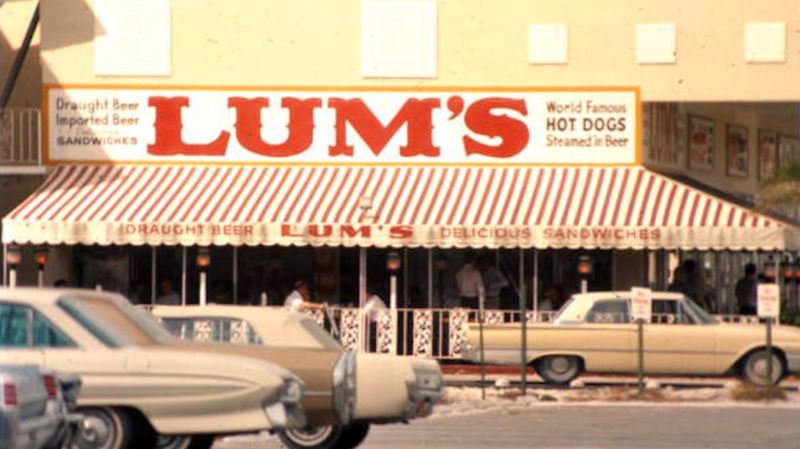
Lum’s was famous for one signature item: hot dogs steamed in beer. This simple concept helped the chain grow to over 400 locations nationwide in the 1960s and 70s, becoming a beloved roadside stop for travelers and locals alike.
After bankruptcy in 1982, Lum’s disappeared completely from the American restaurant landscape. The brand remained dormant until 2018, when a restaurant industry veteran acquired the rights and recipes, determined to bring back those distinctive beer-steamed hot dogs.
The revived Lum’s features a streamlined menu centered around the original hot dog preparation method while adding modern touches like artisanal beer options for steaming. The first new locations have opened in Florida (where the chain began) and Ohio (where it was particularly popular), with careful expansion planned based on mapping where customer nostalgia remains strongest.
14. Minnie Pearl
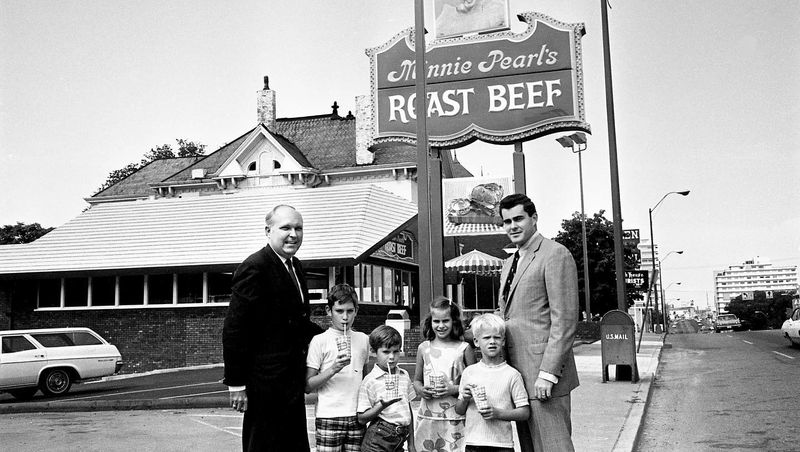
“Howdeeee!” Country comedian Minnie Pearl lent her name to a fried chicken chain that briefly rivaled KFC in the late 1960s, growing to over 500 locations before collapsing in spectacular fashion. The restaurants were known for southern hospitality and homestyle sides that complemented the crispy chicken.
After more than 50 years of absence, Minnie Pearl’s Fried Chicken is making a careful comeback in the South. New owners (with permission from the Pearl estate) have revived the original recipes while updating the concept for today’s consumers.
The modern version emphasizes locally-sourced ingredients and chicken raised without antibiotics, while maintaining the southern charm that made the original restaurants special. Each location features memorabilia from Pearl’s Grand Ole Opry career and the famous price tag hanging from her hat is subtly incorporated into the restaurant’s branding.
15. White Tower
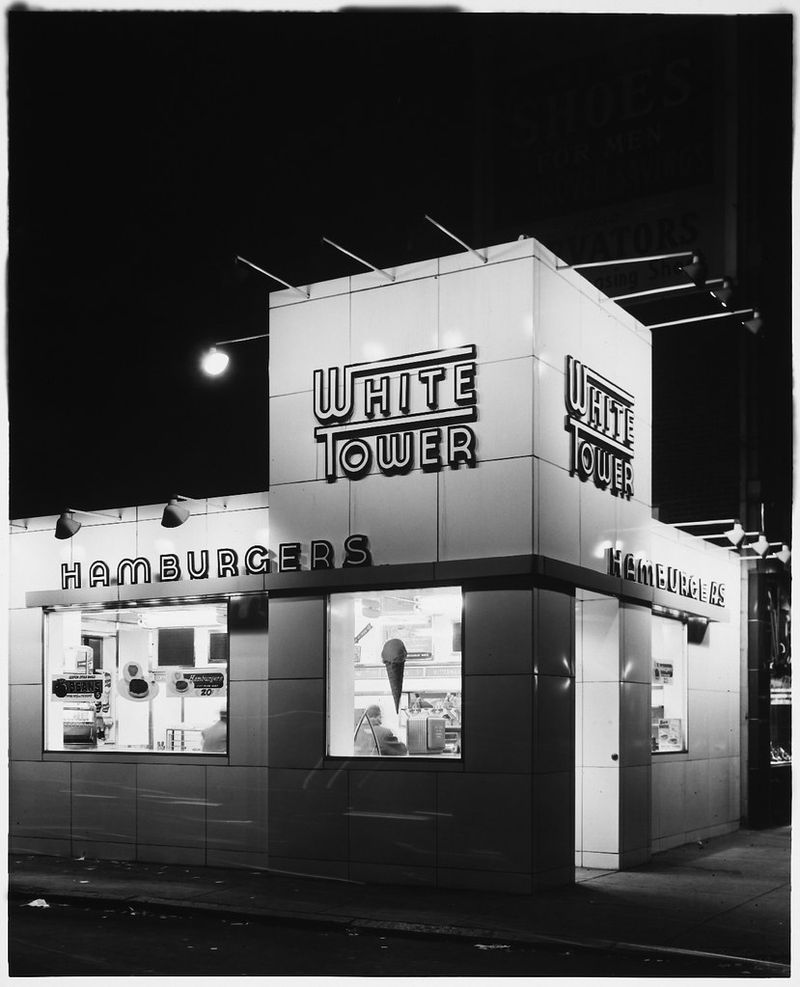
White Tower was once White Castle’s major competitor, with over 230 locations known for their distinctive white castle-like buildings and 5-cent hamburgers. Legal battles with White Castle and changing urban landscapes led to the chain’s decline, with the last original location closing in 2004.
After years of absence, White Tower has begun a calculated comeback with a focus on urban locations. The revived brand maintains the signature sliders and all-night hours while updating the menu with modern options like turkey and plant-based alternatives.
The new White Tower restaurants pay homage to the chain’s art deco architectural history with white tiled interiors and castle-like elements, creating Instagram-worthy spaces that appeal to younger customers while satisfying nostalgic cravings of older diners. The comeback strategy targets cities where White Tower was once a beloved late-night institution.
Leave a comment